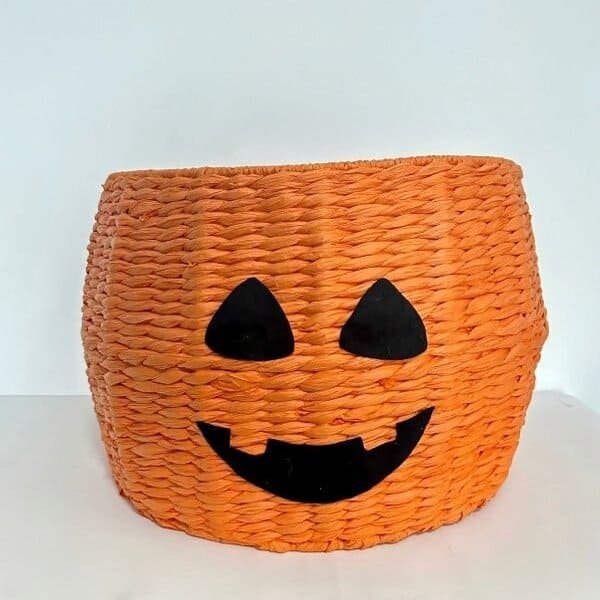
Woven baskets have been used for centuries, offering durability, flexibility, and eco-friendliness. But what makes them a superior choice?
Woven baskets are sustainable, lightweight, and versatile, making them perfect for storage, decoration, and daily use.
Understanding the benefits of woven baskets1 helps in choosing the right product for both home and business needs.
What is the material of woven baskets?
The quality of woven baskets depends largely on their materials. What are they made of?
Woven baskets are crafted from natural fibers2 like rattan, bamboo, and seagrass, as well as synthetic materials3.
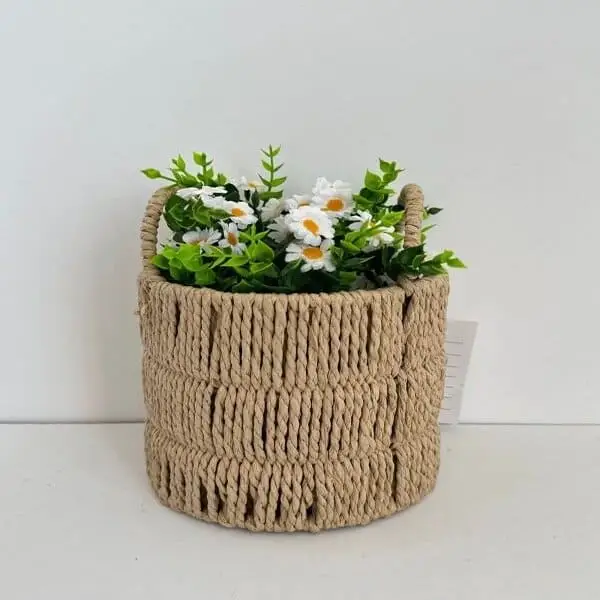
Natural vs. Synthetic Materials
Baskets can be woven using a variety of materials, each offering unique characteristics.
Common Materials Used in Woven Baskets
| Material | Properties |
|---|---|
| Rattan | Durable, flexible, and lightweight. |
| Bamboo | Sturdy, resistant to moisture, and sustainable. |
| Seagrass | Soft, eco-friendly, and biodegradable. |
| Wicker | A weaving style rather than a material, often made from willow or synthetic fibers. |
| Plastic | Water-resistant, affordable, but less eco-friendly. |
What are the characteristics of a basketweave?
What makes basket weaving distinct from other weaving techniques?
Basketweave patterns provide strength, flexibility, and a unique texture, making them both practical and visually appealing.

Key Features of Basket Weaving
Basket weaving uses an over-and-under technique to create a sturdy and breathable structure.
Characteristics of Basket Weaving
| Characteristic | Description |
|---|---|
| Interwoven Strands | Creates a firm and stable structure. |
| Breathability | Allows air circulation, preventing moisture buildup. |
| Durability | Strong enough to carry and store heavy items. |
| Aesthetic Appeal | Natural patterns and textures add charm. |
| Variety of Weaving Styles | Can be tight or open, depending on use. |
What is the use of woven baskets?
Woven baskets are not just decorative items. What are their practical applications?
Woven baskets are used for storage, shopping, home decor, and even cultural rituals.
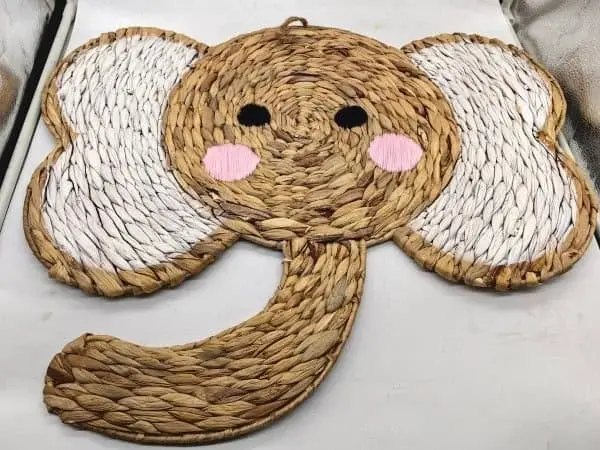
Functional and Decorative Uses
Baskets are highly functional and serve various purposes in everyday life.
Common Uses of Woven Baskets
| Use Case | Description |
|---|---|
| Storage | Organizes household items like clothes, toys, and food. |
| Shopping | Used for carrying groceries and market produce. |
| Home Decor | Adds a natural touch to any interior. |
| Gifting | An eco-friendly alternative to gift boxes. |
| Cultural Significance | Used in traditional ceremonies and crafts worldwide. |
Why is basket weaving important?
Beyond aesthetics, why has basket weaving remained relevant for centuries?
Basket weaving preserves cultural traditions, supports sustainability, and provides economic opportunities.
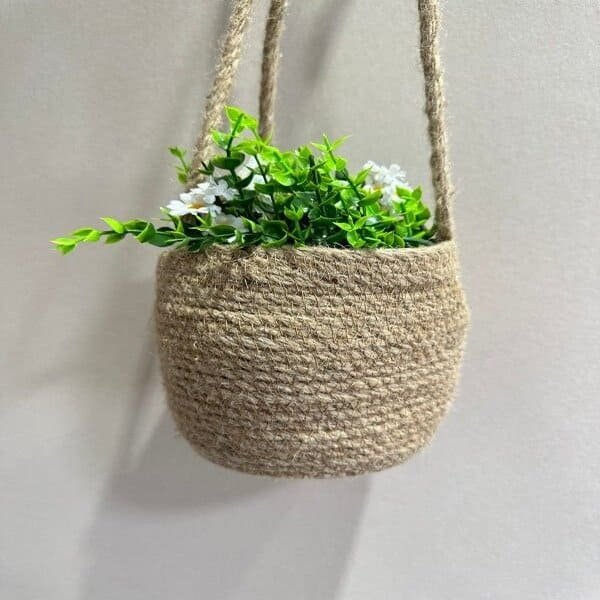
A Craft with Lasting Value
Basket weaving is an essential part of many cultures. It also contributes to sustainable living and artisan livelihoods.
Importance of Basket Weaving
- Cultural Heritage4 – Indigenous communities have passed down weaving techniques for generations.
- Eco-Friendliness5 – Most baskets are made from biodegradable materials, reducing plastic waste.
- Economic Benefits6 – Weaving supports artisans and small businesses worldwide.
- Versatility – Baskets serve practical and artistic purposes.
What are the disadvantages of woven baskets?
While woven baskets have many advantages, they are not without drawbacks.
Woven baskets can be susceptible to moisture damage, require maintenance, and have weight limitations.
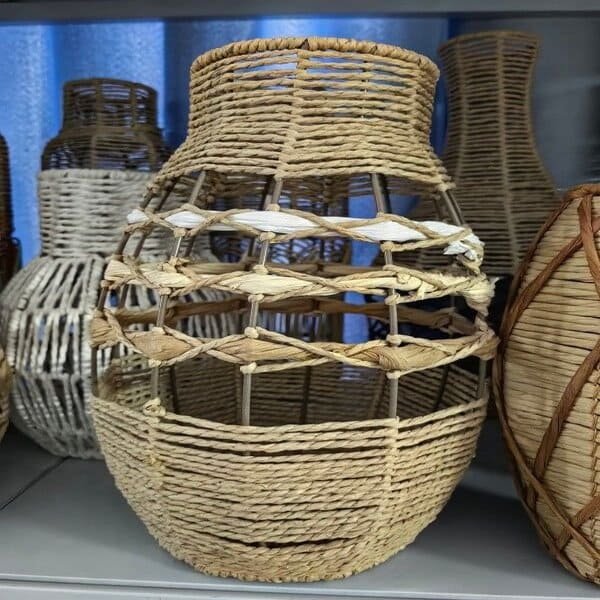
Limitations of Woven Baskets
Though durable, woven baskets have certain weaknesses that need consideration.
Potential Drawbacks of Woven Baskets
| Disadvantage | Explanation |
|---|---|
| Moisture Sensitivity | Natural fibers can absorb water and develop mold. |
| Durability Issues | Weaving may loosen or fray over time. |
| Maintenance | Requires dusting and care to keep in good condition. |
| Weight Limitations | Not ideal for carrying very heavy objects. |
Conclusion
Woven baskets offer beauty, functionality, and sustainability. While they require care, their versatility and eco-friendly nature make them a valuable choice for any setting.
-
Explore the advantages of woven baskets for storage and decoration, highlighting their eco-friendliness and versatility. ↩
-
Learn about the advantages of natural fibers like rattan and bamboo in creating sustainable and durable woven baskets. ↩
-
Understand the trade-offs of using synthetic materials in woven baskets, including durability and environmental impact. ↩
-
Exploring this link will deepen your understanding of how basket weaving preserves cultural identity and traditions. ↩
-
This resource will highlight the sustainable practices in basket weaving and its impact on reducing plastic waste. ↩
-
Discover how basket weaving supports artisans and small businesses, contributing to local economies and livelihoods. ↩


